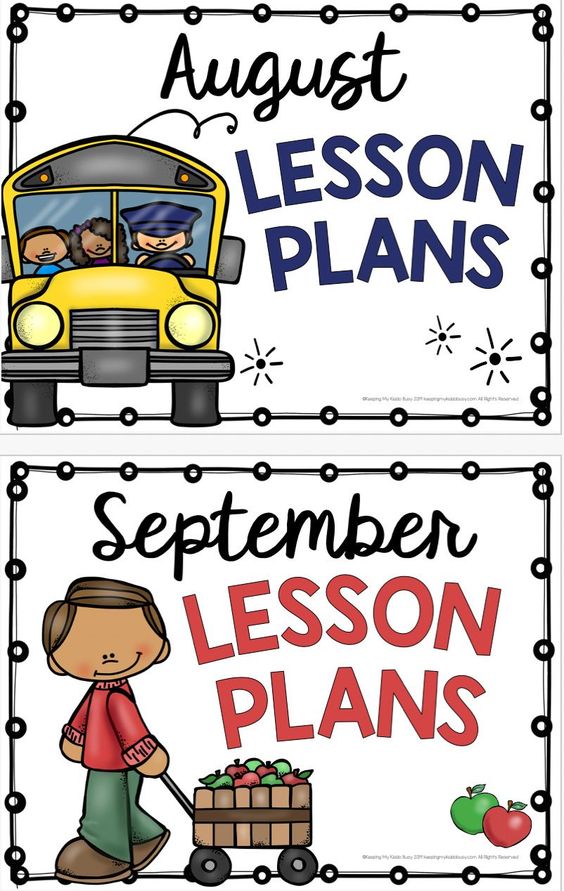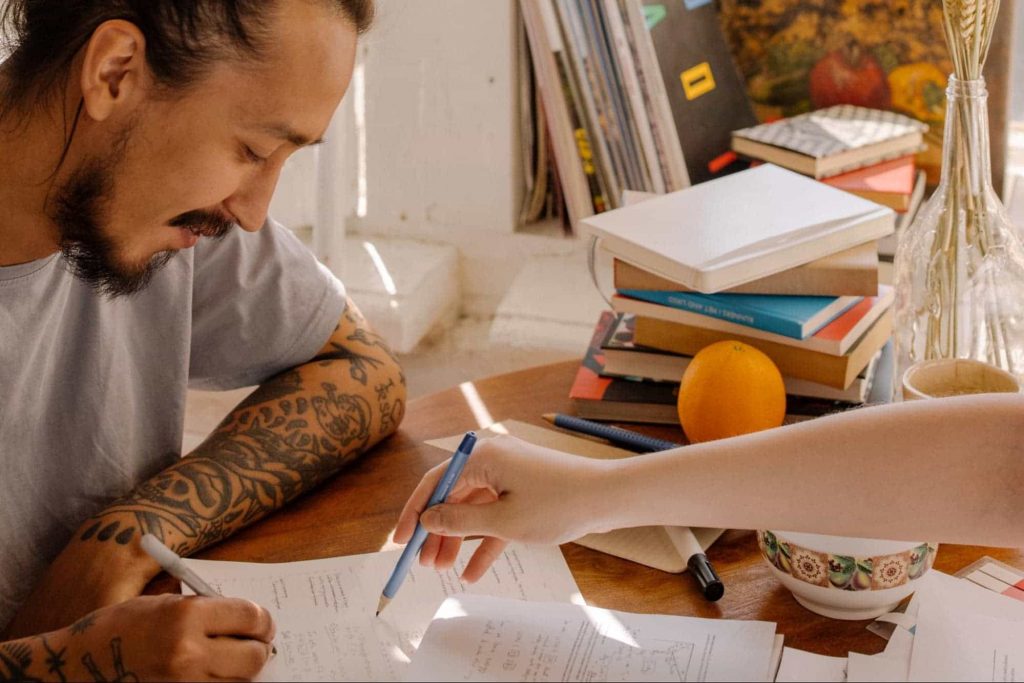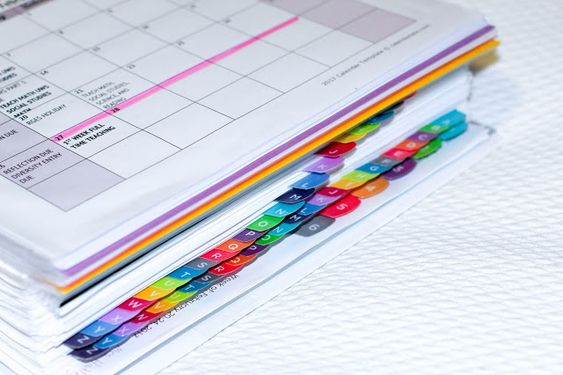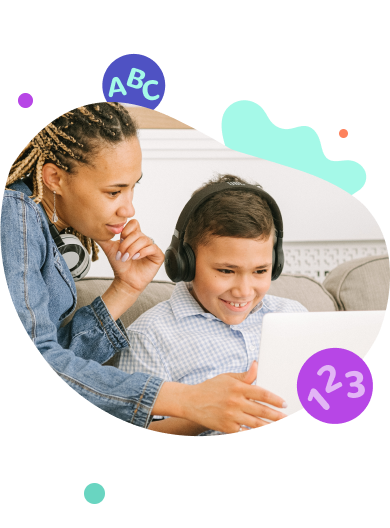Are you a teacher who feels you’re always scrambling to get your lessons together? If so, then you need a teaching plan. A teaching plan will help you be more organized and better prepared for your classes.
Math & ELA | PreK To Grade 5
Kids see fun.
You see real learning outcomes.
Watch your kids fall in love with math & reading through our scientifically designed curriculum.
Parents, try for free Teachers, use for free
Download some free lesson plan templates!
This article will give you a complete guide to creating a teaching plan. We’ll discuss what a teaching plan is and why it’s essential. Then, we’ll provide you with a step-by-step guide for putting together your teaching plan. Finally, we’ll give some tips and strategies for creating an effective teaching plan.
What Is a Teaching Plan?

A teaching plan is a document that outlines your goals for teaching a particular subject or topic. It helps you organize your thoughts and ideas, making it easier to prepare for your classes.
A teaching plan doesn’t have to be complicated – the simpler it is, the better. However, it should include all of the necessary details about your lessons. This includes the lesson’s objectives, the teaching materials you’ll need, and the steps you’ll take to teach the material.
Why is a Teaching Plan Important?

A teaching plan is essential because it helps you be a more effective teacher. Here are some more benefits of using a teaching plan:
- It helps you to be more organized. With a teaching plan, you’ll know exactly what you will teach and when. This will help you to avoid last-minute scrambles to put together a lesson.
- It helps you to be more prepared. A teaching plan ensures you have all the materials and resources you need for your lesson. This way, you won’t have to waste time looking for things when you should be teaching.
- It helps you to focus on your goals. A teaching plan helps you to identify the objectives of your lesson. This will keep you focused on what’s important and help you gauge whether your lesson succeeded.
- It helps you to save time. A teaching plan can save you much time in the long run. Once you have a plan, you won’t have to spend as much time planning each lesson.
- It helps you to improve your teaching. Using a teaching plan, you can reflect on your lessons and make changes as needed. This way, you can continually improve your teaching methods and ensure that your students get the most out of your lessons.
Related Reading: Result-Driven Instructional Strategies for Teachers to Use
Step-By-Step Guide to Creating an Effective Teaching Plan

Now that we’ve covered the basics, let’s look at a step-by-step guide to creating an effective lesson plan.
#Step 1: Know Your Objectives
The first step in creating a successful teaching plan is to know your objectives. What do you want your students to learn from this lesson? What are you trying to achieve?
Once you know your objectives, you can create a focused and on-point plan. Your students will be more likely to learn the material if they know what they’re supposed to be learning.
#Step 2: Choose Appropriate Materials
The next step is to choose appropriate materials for your lesson. This includes books, worksheets, activities, and anything else you’ll need.
The best way to choose materials is to think about your objectives and then find materials that will help you achieve them. For example, if you’re teaching a reading comprehension lesson, you’ll need a book and worksheets. You’ll need math worksheets and textbooks if you’re teaching a math lesson.
#Step 3: Make a Plan
Once you have your materials, it’s time to make a plan. This includes outlining the steps you’ll take to teach the material and setting a timeline for your lesson.
Your plan doesn’t need to be complicated, and it’s often best to keep it simple. However, it should include all of the essential details about your lesson. This will help ensure that you stay on track and that your students learn what you’re trying to teach them.
#Step 4: Practice, Practice, Practice
One of the best ways to improve your teaching is to practice, practice, practice. The more you teach, the better you’ll get at it.
This is especially true when it comes to lesson planning. The more you plan, the more confident you’ll be in your abilities. You’ll also learn which strategies work best for you and your students.
#Step 5: Be Flexible
Even the best teaching plans sometimes need to be adapted. Students may have questions that you didn’t expect, or they may not be understanding the material as well as you thought they would.
That’s why it’s important to be flexible in your lesson planning. If you need to make changes, don’t be afraid to do so. The most important thing is that your students are learning the material.
#Step 6: Evaluate and Adjust
After you’ve taught your lesson, it’s important to take some time to evaluate how it went. What worked well? What didn’t work so well? What could you improve for next time?
If you’re not happy with how your lesson went, don’t be afraid to adjust your plan. There’s no such thing as a perfect lesson plan, so don’t be scared to make changes.
Tips and Strategies for Better Lesson Planning

Now that you know how to create an effective teaching plan, let’s look at some tips and stretches to help you improve your lesson planning skills.
Tip 1: Use a Template
If you’re struggling to get started with your lesson planning, try using a template. This will provide you with a structure to follow, making the process easier. You can find templates online or in teacher resource books. Many lesson planning software programs come with templates.
Tip 2: Plan Ahead
One of the best ways to avoid stress is to plan ahead. If you know that you have a busy week coming up, take some time to plan your lessons over the weekend. This will help you to avoid feeling overwhelmed during the week.
Tip 3: Start with the Basics
When you’re first starting, it’s best to start with the basics. Don’t try to cram too many activities into one lesson. Instead, focus on teaching one skill or concept at a time. This will help your students to learn and understand the material better.
Tip 4: Be Creative
Don’t be afraid to be creative with your lesson planning. If you think of an activity or game that would be fun for your students, go for it! Just make sure that the activity is related to the material you’re teaching. You can also include learning games offered by SplashLearn in your lesson plan to make it more exciting and enriching.
Tip 5: Use Student Input
One of the best ways to get your students interested in learning is to involve them in the process. Ask them what they would like to learn, and then try to incorporate their ideas into your lessons. This will help them to feel engaged and motivated.
Related Reading: What Makes Summative Assessment a Powerful Tool for Teachers
Tip 6: Be Organized
Organization is vital when it comes to lesson planning. Keep all of your materials in one place, and create a system for organizing your lessons. This will help you to save time and to avoid feeling overwhelmed.
Tip 7: Take Your Time
Don’t try to rush through your lesson planning. It’s important to take the time to plan each step of your lesson in detail. This will help to ensure that your lessons run smoothly and that your students learn the material.
Let’s Make Lesson Planning Easy

To summarize, we want to make lesson planning easy for you. We know that it can be frustrating when you’re trying to plan a series of lessons and nothing seems like it’s going well. That’s why we’ve provided these helpful tips and strategies so that your teaching will go more smoothly in the future. So, don’t hesitate to use them!
Download some specially curated SplashLearn’s Lesson Plan Templates here!
The best way to become a better lesson planner is to practice. The more you do it, the easier it will become. And, before long, you’ll be planning lessons like a pro!
Frequently Asked Questions (FAQs)
Do I need to plan every single lesson?
While it’s important to be prepared for each lesson, you don’t need to have everything planned out in advance. Sometimes, it’s more important to be flexible and go with the flow.
What if I can’t think of anything to do?
If you’re having trouble coming up with ideas, try using a template or planning ahead. You can also ask your students for input or look online for inspiration.
How much detail should I include in my lesson plan?
There’s no one answer to this question. Some teachers prefer to plan each step of the lesson in detail, while others prefer a more general overview. It’s up to you to decide what works best for you.
What if something goes wrong during a lesson?
Don’t worry! Even the best-planned lessons don’t always go according to plan. Just roll with the punches and do your best to improvise.
Do you have any other tips for lesson planning?
Yes! Here are a few more tips to help you with your lesson planning:
- Make sure to leave time for review and assessment.
- Keep a file of all of your lessons so that you can refer back to them in the future.
- Try to get feedback from your students so that you can improve your lessons.
Is there an app or program that can help me to plan my lessons?
Yes! SplashLearn is a great tool for lesson planning. It allows you to create custom learning plans, and it offers a variety of games and activities that can be used in the classroom.
























